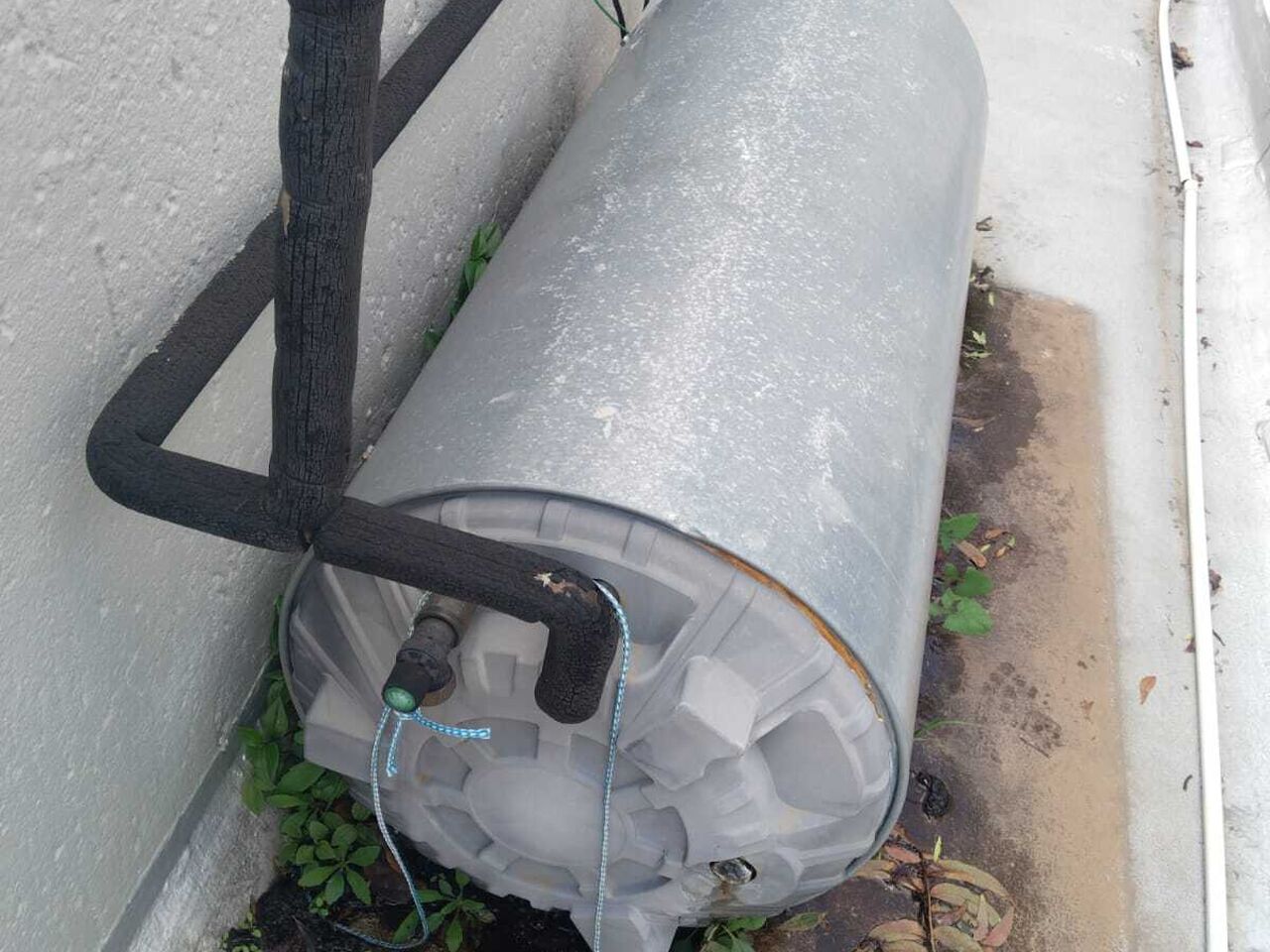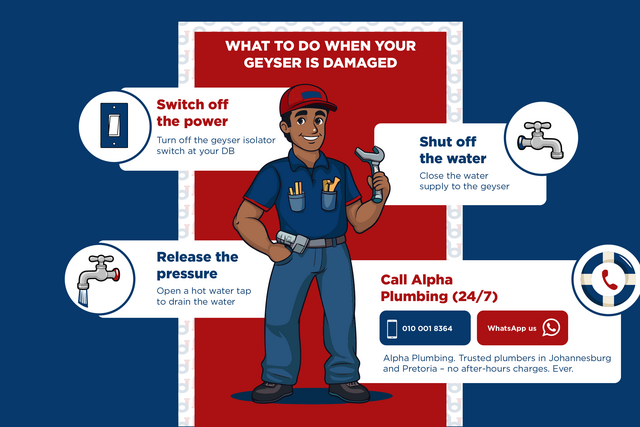A burst geyser can cost money in more ways than one – here’s how to prevent it

A burst geyser can cost money in more ways than one – here’s how to prevent it
These are tough economic times for everyone. Penny-pinching and saving money where one can are essential endeavours but not always possible. With the cost of living continually on the rise, and things like petrol and food staples increasing in price too, it can be challenging to shield one’s savings pocket from the brunt of daily expenses. One expense that not many people consider is that of a burst geyser. Fortunately, it is not an everyday charge, but when trouble does strike, it can set a household back financially. Therefore, it is crucial to take the necessary steps to prevent your hot water system from bursting and to act quickly when you spot any red flags.
Thankfully, most geysers do not explode, but rather become faulty over time due to a build-up of high mineral content and corrosion. The failure of various components, however, may result in it bursting. A broken thermostat may cause the tank to heat up beyond boiling point and burst. The pressure valve may also fail due to corrosion. Tanks made of low-quality material are more likely to burst too. Winter is another risky period as the expansion and contraction of the system’s metal is more severe and could result in metal fatigue that causes issues. When a geyser does burst or malfunction, the resulting damage costs much more than merely the installation of a replacement.
Damage to Surrounding Infrastructure
Water and high moisture create unfavourable conditions within a home, especially for structures that contain wood and composite wood, such as flooring, furniture, and skirtings. Wood is porous and becomes saturated by moisture quickly, which causes it to swell, warp, and rot away. It also delaminates materials, causes walls to crumble, and contributes to the growth of mould and mildew. Replacing a burst geyser is a simple, once-off expense, but repairing extensive water damage can cost much more and take a lot of time.
How Regular Maintenance Can Prevent a Crisis
Faulty geysers may not immediately show signs of disaster, but they could slowly begin to consume more energy or fail to heat water properly. To elongate the lifespan of your appliance and save on monthly energy bills, the following maintenance tips are helpful:
- Invest in a geyser blanket that reduces heat loss in the appliance and keeps the water inside the tank hotter for longer.
- Ensure you have a drip tray directly beneath the installation to catch any leaking water.
- Ensure the thermostat is set no higher than 60°C.
- Have your appliance inspected and serviced at least every three years to ensure everything is in working order. A qualified plumber will make sure that the correct pipes were previously installed, that the self-sacrificing anode is replaced when it needs to be, and that the thermostat is in working order. If you are worried about a build-up of minerals and limescale within the tank, your hired plumber will deal with this too.
Only PIRB-qualified and registered plumbers can repair and replace geysers according to South African law. Our teams at Alpha Plumbing are highly trained and have the necessary certifications to carry out installations and repairs. We use SABS-approved parts only, and for emergencies such as a burst geyser, we offer same-day services at a flat rate, 24/7.
To find out more, you can call on us today on 010 001 8364.
